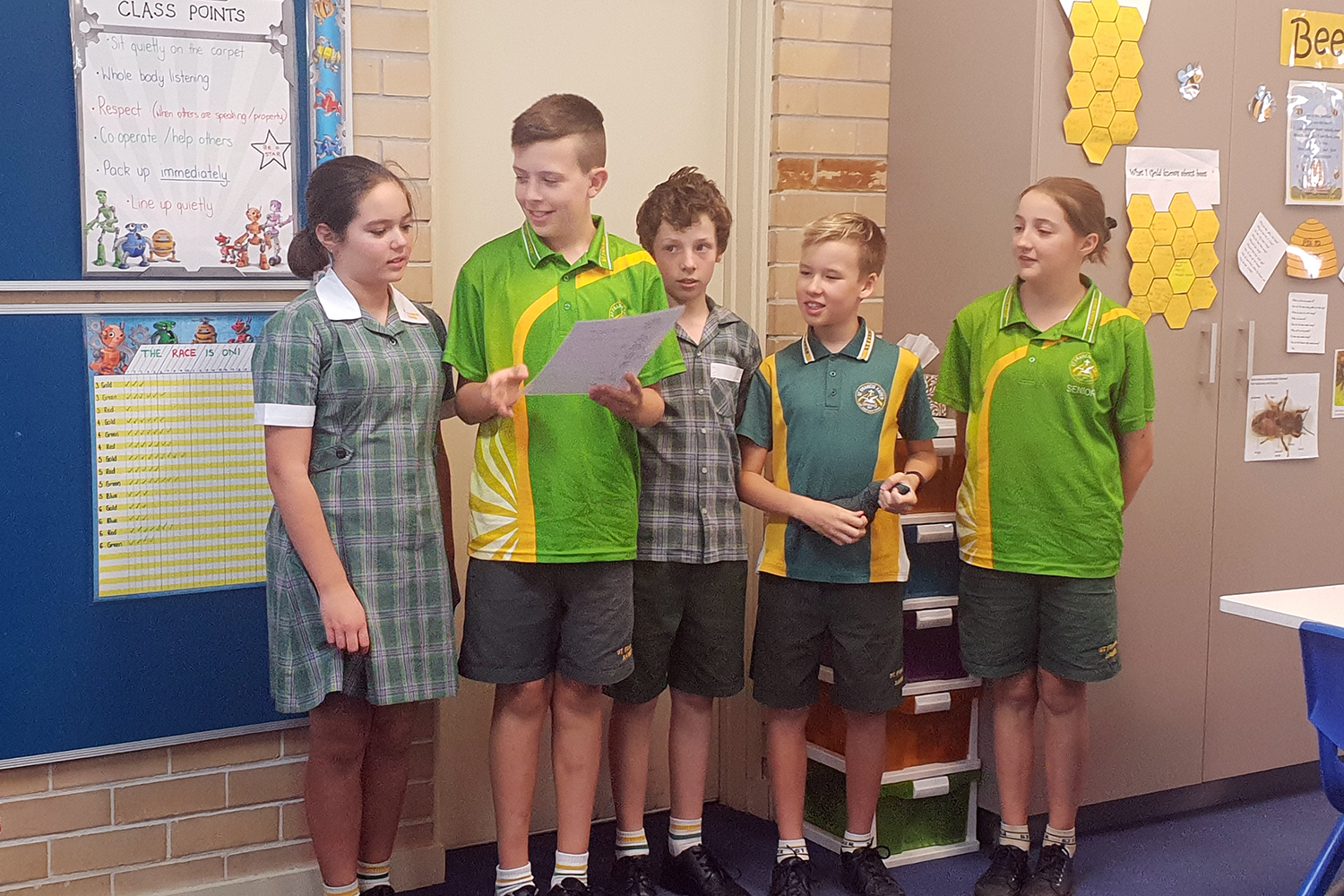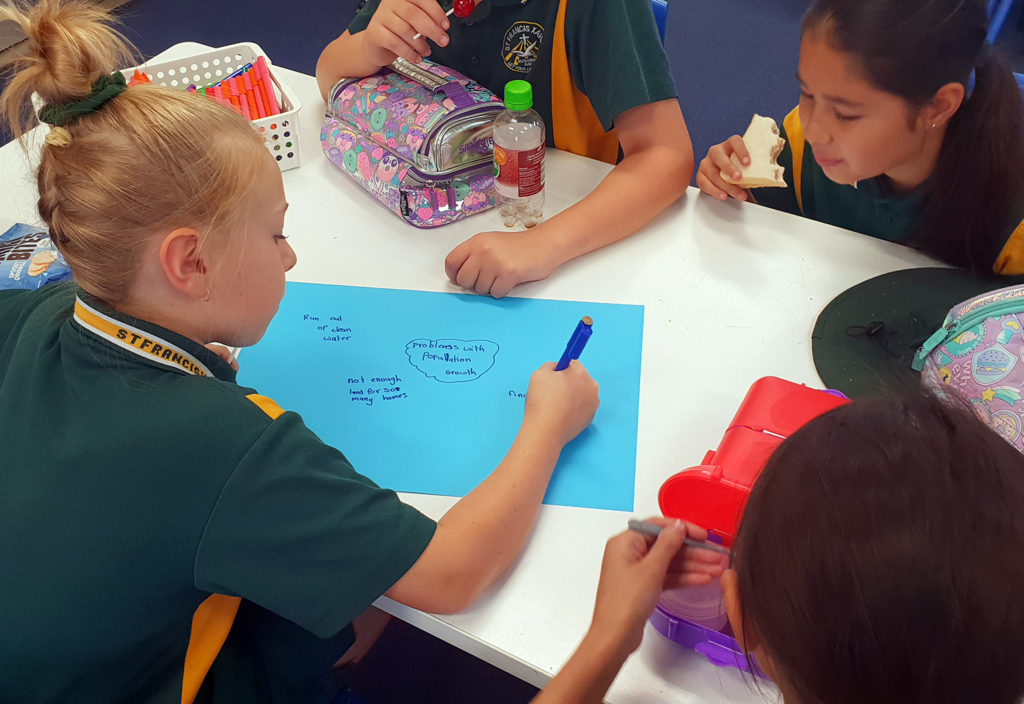A new program wants to get children thinking outside the box with hands-on engineering lessons – no matter where in Australia they are located.
Social enterprise Power of Engineering aims to get more kids, especially girls and students from disadvantaged communities, interested in a career in STEM. Its latest initiative is Engineering In-A-Box, a free kit of hands-on engineering lessons and activities for years 7-10 students.
Engineering In-A-Box Project Manager Jarita Zeng said the organisation received a grant early last year to develop the program.
“It packages Power of Engineering school outreach workshops into a single box of resources that we can send to any school in Australia, with the intention of making learning about engineering accessible, particularly for schools in remote and regional areas,” she told create.
Designed so that it doesn’t require an internet connection or a computer, the box is free for any school in Australia that requests one and allows for multiple uses across different classes, or multiple times within the same class.
It contains four lessons, each with a lesson script. The first lesson starts with a video introducing students to different engineering disciplines.
“It then introduces the problem of rapid population growth, which is the core problem students are going to have to solve for their imaginary town of Engtown, a regional community in Australia,” Zeng explained.


“Then the students role play the engineers: they have to decide what are the different infrastructure types and which two solutions they are going to prototype.”
Broadly, lesson one looks at stakeholder analysis, lesson two moves into multi-criteria analysis, lesson three goes through a design and construction process, and lesson four builds on their previous design with a non-physical asset, such as renewable energy or software engineering.
Tackling real, regional problems
While it is aligned to the curriculum, the program is designed to reflect real-world experiences, according to Engineering In-A-Box Schools Engagement Coordinator Makayla Daglish.
“We’re dealing with a lot of regional schools and we’ve gone through the bushfires, drought and flooding, and now everyone is going through the COVID-19 pandemic,” she said.
“It’s all relevant to how engineers are going to be looking at these issues – they’re the ones who are going to be adapting new solutions in order to counteract crises such as natural disasters and pandemics.”
Daglish said many students in regional towns had personally faced issues such as drought, and that it was important for them to go through a scenario where they could picture themselves helping their community.
“The program can help us to reach students while they’re living at home and thinking about career options,” she said.
“It helps them to think about how they can put their education to use back home, which I think can counteract some of the challenges rural and remote communities face.”
In addition to broadening students’ understanding of the profession and career opportunities, Engineering In-A-Box is collecting surveys from classes who complete the program on gender participation and whether their perceptions of engineering have changed.
The organisation is also finalising a distance learning adaptation guide to help teachers adapt the program to remote learning activities, as many students continue to learn from home due to COVID-19.
Zeng said that since launching in April this year, the program has already reached more than 20 schools.
“In terms of the future, we are dependent on the industry and university partnerships and sponsorships remaining on board,” she said.
“But ultimately, we would like to reach every single government school in Australia.”
